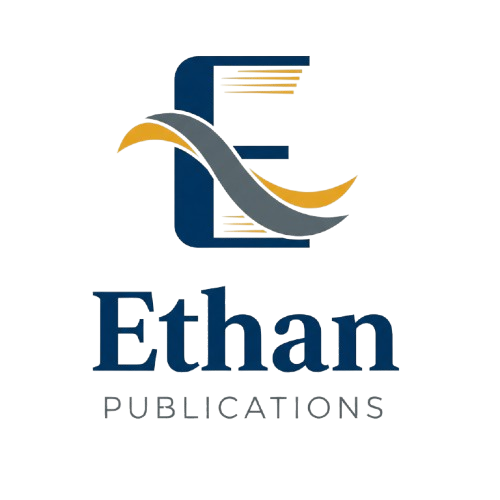ASSESSMENT OF ANEMIA AND POLYCYTHEMIA USING DIODE LASER ABSORPTION: A NOVEL APPROACH
Authors: Layla Abdulrahman Al-Mansoori, Hassan Ibrahim Al-Hassani
Published: May 2024
Abstract
<p>Anemia and polycythemia are prevalent hematological disorders with a significant impact on the health of individuals residing in the Mediterranean region and the Middle East. This abstract provides an overview of the clinical associations, etiology, and consequences of these conditions. Anemia is a condition characterized by a deficiency in red blood cells or hemoglobin, resulting in reduced oxygen-carrying capacity of the blood. It is often indicative of underlying health issues such as chronic renal failure, endocrine disorders, joint diseases, gastrointestinal diseases, and liver diseases. Deficiencies in essential nutrients like iron, vitamin B12, and folate can also lead to anemia. Recognizing the diverse etiologies of anemia is crucial for effective diagnosis and management. Conversely, polycythemia is a disorder characterized by an excessive production of red blood cells, which can impair oxygen transport and lead to various complications. Chronic smokers, for instance, are at risk of carboxyhemoglobin formation, which reduces oxygen release from hemoglobin. Additionally, polycythemia can result in renal hypoxia and autonomous erythropoietin biosynthesis, further exacerbating the condition. Early identification and intervention are essential to mitigate the adverse effects of polycythemia. Understanding the complex interplay between these hematological disorders and their associated comorbidities is crucial for healthcare practitioners in the Mediterranean region and the Middle East. Timely diagnosis and appropriate management of anemia and polycythemia can substantially improve patient outcomes and overall quality of life</p>
Full Text
No full text available
Cite this Article
References
- No references available.
